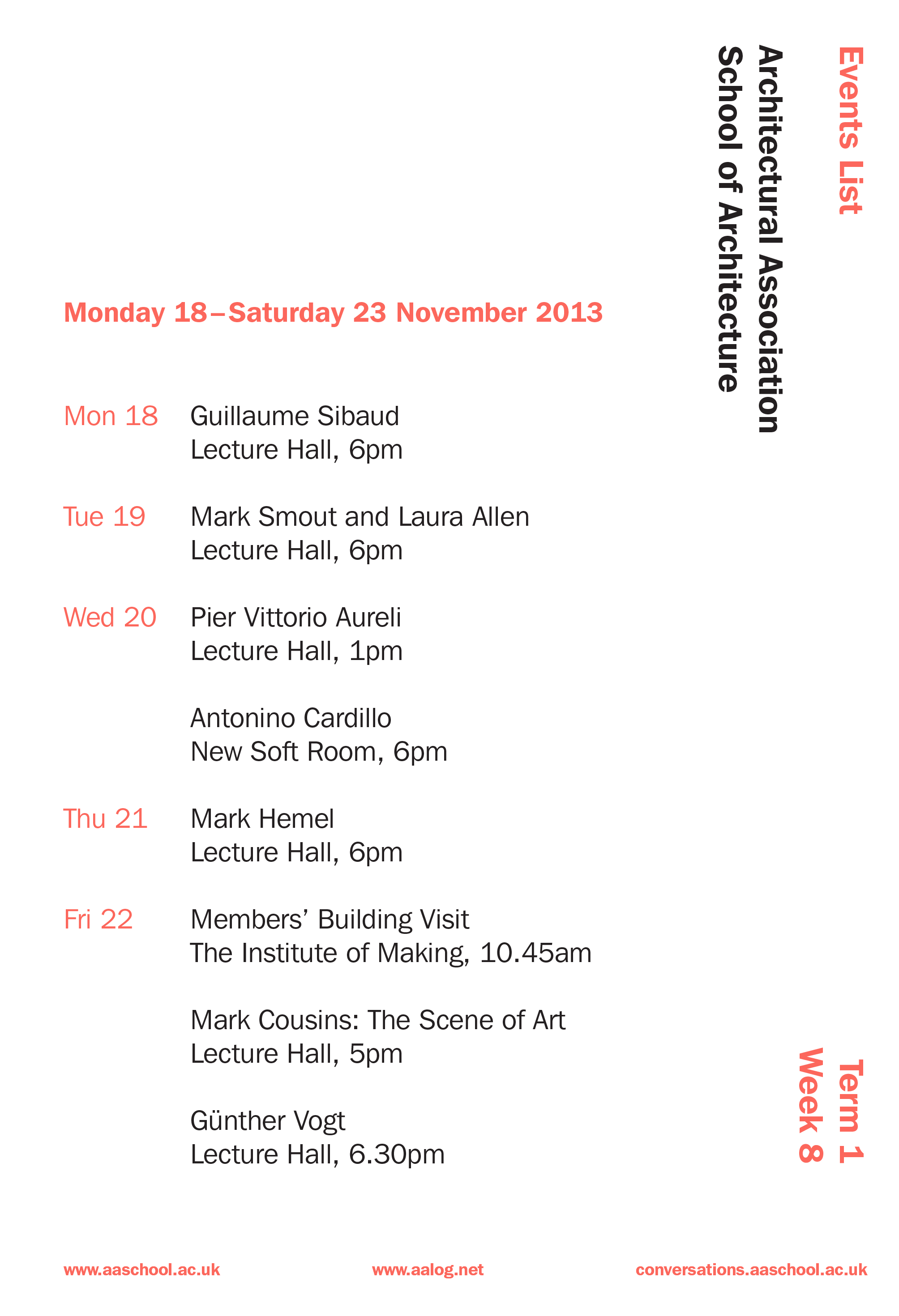Introduction
Alexandra Savtchenko-Belskaia
We recently embarked on a group trip to Sicily. This event aims to recall the thoughts, discussions, and observations we had during our trip, as well as delve deeper into understanding our unit’s work and the work of Antonino Cardillo, who has generously joined us here tonight.
We met Antonino through our work in the unit. In Sicily, it was an absolute privilege and pleasure to hear him discuss Sicilian architecture. I wanted to introduce some of these ideas by posing broad questions. These questions perhaps reflect my motivation for becoming involved in this unit. I believe that Antonino’s work, and the work we shall see him undertake, addresses these very issues. How can we know ourselves and our time, so that the architecture we create is appropriate for the people who will use it now and in the future? It should carry real meaning, not be abstracted, produced, packaged, or completely alienating. It should be direct, relevant, and alive. Especially for us, who are still not architects.
Is it even possible for architecture to achieve this? Of course, I believe the answer is yes. Otherwise, architecture would not exist. Surely, this is not the goal of all architects or all architecture out there. But I believe this is what we seek in this medium too. And I believe it is a crucial question for us, as future architects, because we live in a world that is changing faster than ever before. The pace of change and transformation is overwhelming. Moreover, I think there is a common understanding that change is not always for the better.
You might agree that there is a notion that is completely different from, and very much the opposite of, the modern idea that things in the future will be better. However, there is a rift or void between our awareness of our current time and what we had in modernism, yet we still live by and are structured by some of the same things and structures as before. Therefore, I believe it is a crucial question to ask: how can we create architecture that is relevant to the people living now and in the near future, without alienating them? Through conversations with Antonino and his discussions about his work, I think these issues of understanding the past of architecture and working with a historically specific approach to architecture are extremely relevant and something from which we can learn. It is incredibly inspiring.
